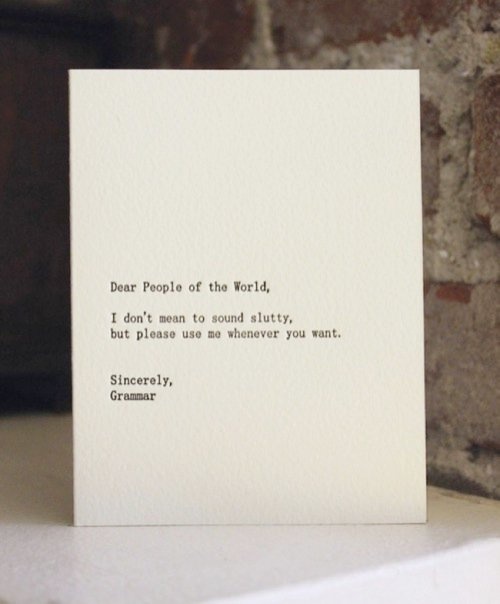The police exist to ensure that society works – anyone who has been subjected to American films and television is aware that their motto is “to protect and serve”. In order to protect and serve in all kinds of situations the police require a great deal of equipment. Most of this equipment is, as you would expect, uniforms, cars, communications etc. But recently in the US some of this equipment has been growing increasingly militarized.
As American armies go to war they need to be supplied with equipment to meet their needs. This is the need of combat soldiers fighting an enemy in a hostile environment. This is really a no-brainer and should be easy to understand whether the wars are supported or not.
In order to supply the army their is an increase in weapons production and purchasing. The problems begin when the army has a surplus of equipment it needs to dispose of. In the US, one method of disposal seems to be supplying the police with this surplus or excess material. On paper this may seem like a good idea. However, there is a problem. The equipment is not designed for those who “protect and serve” and therefore there is a challenge when the technology of violence is brought home and supplied to those who protect and serve.
The ACLU published “War Comes Home: The Excessive Militarization of American Policing.” in June. Its central point: “the United States today has become excessively militarized, mainly through federal programs that create incentives for state and local police to use unnecessarily aggressive weapons and tactics designed for the battlefield.”
This technology, and the training it requires, goes against the goal to protect and serve the public and is replaced by an ethos of aggressiveness. The report states:
Our analysis shows that the militarization of American policing is evident in the training that police officers receive, which encourages them to adopt a “warrior” mentality and think of the people they are supposed to serve as enemies…
Once the police forces have invested in the equipment and the training it is almost inevitable that these will deployed. Even in situations where it is not merited. This is not a case of the police being violent individuals but rather the case of them being drilled in the use of the wrong technology. They have been focused on the use of technologies of violence and death and any attempt to curb civil unrest with these mechanisms is naturally seen as repression.
When dealing with football (soccer) hooligans the European police have learned through experience that excessive shows of militarized police treating the fans as thugs would have the inevitable effect of turning the crowd towards aggressive reactions. What the police have learned is to talk to the crowd (not at the crowd), to build up links and liaison, to break down the us/them barriers. This has drastically reduced the level of violence.
By showing up in military gear the police are inherently threatening. They are treating citizens as enemies and pointing weapons of war at them. This does not calm the crowd. In the best case scenario this will repress the crowd, but it will not reflect the way in which a democratic discourse should occur and it will also brand the police as symbol of violent repression.

Images Of Ferguson Police In Riot Gear Confronting An Unarmed Man Go Viral Scott Olson / Getty Images







